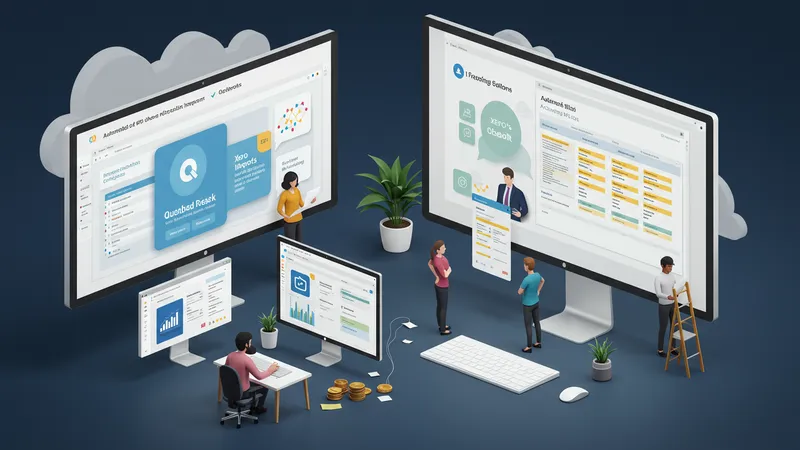
Cloud-Based Accounting Software: Streamlining Financial Management For Businesses
Key Features of Cloud-Based Accounting Platforms
Cloud accounting tools prioritize automation to save time and reduce repetitive tasks. For instance, QuickBooks Online offers bank reconciliation that matches transactions automatically, reducing manual review time. Xero’s direct bank feed ensures accurate, daily-imported data, while FreshBooks automates recurring billing for subscriptions. These features relieve finance professionals from monotonous work and yield more reliable transaction records.

Another feature shaping cloud solutions is real-time collaboration. Users can assign distinct access levels, enabling internal teams, bookkeepers, or financial advisors to view or update records as needed. This collaborative functionality streamlines month-end closing and audit processes. As a result, financial statements are more accurate and generated with far less delay compared to using legacy software restricted to single-user access.
Expense tracking and budget management tools in these platforms make a significant difference. With platforms like Xero and FreshBooks, businesses can categorize expenditures, attach receipts via mobile devices, and set budget alerts. QuickBooks Online’s reporting suite enables customizable dashboards, providing instant insights into profitability, cash flow trends, and unpaid invoices. These dynamic overviews replace the need for time-consuming, manual report generation.
Integration capabilities extend these platforms’ value even further. Most cloud accounting systems feature application programming interfaces (APIs) or built-in integrations with payroll, CRM, payment processing, and ecommerce platforms. For example, Xero seamlessly connects with third-party payroll and inventory solutions, while FreshBooks pairs easily with payment gateways to expedite customer collections. These integrations collapse the gap between accounting and operational systems, driving efficiency on every front.